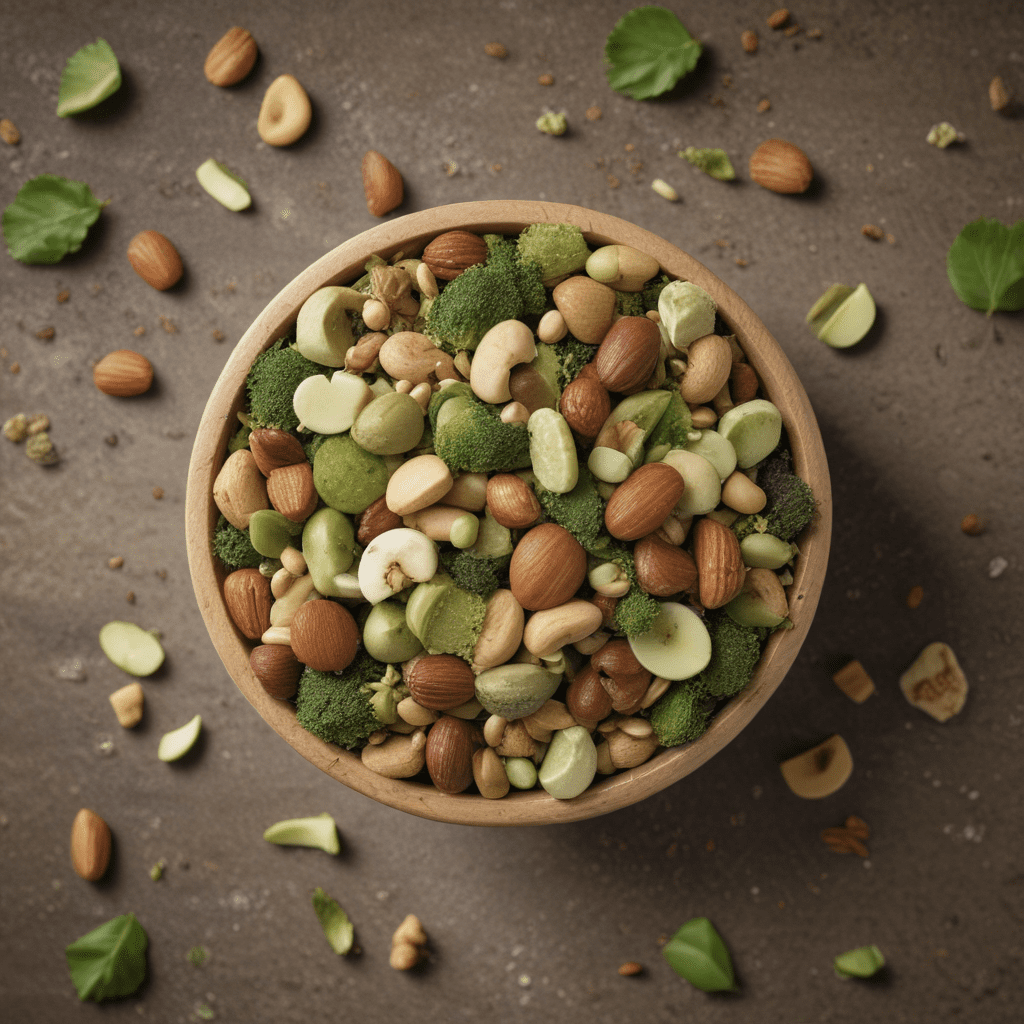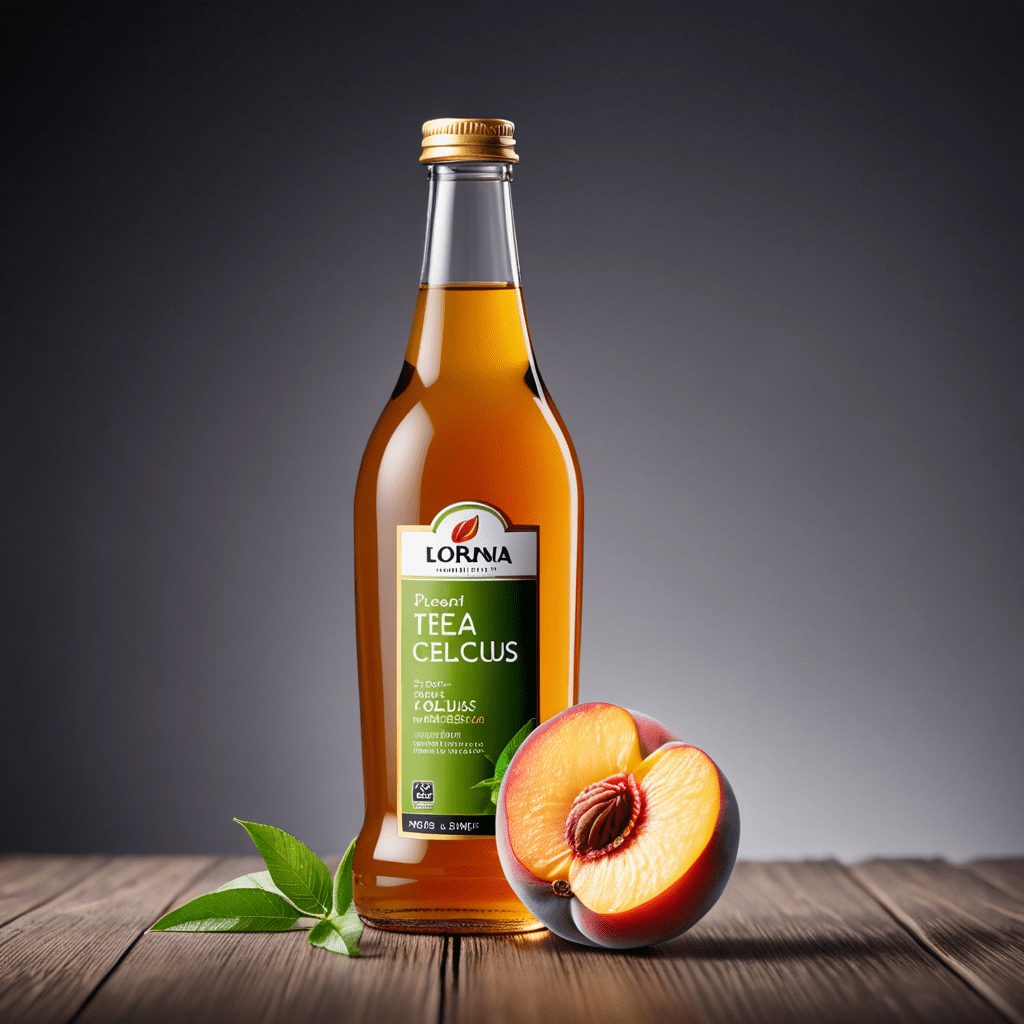Rooibos Tea: A Guide to Its Origins and History
Rooibos tea, also known as red bush tea, is a popular herbal beverage enjoyed for its unique taste and numerous health benefits. In this blog post, we will delve into the origins and history of Rooibos tea, uncovering its journey from a traditional South African brew to a beloved drink enjoyed worldwide.
The Origins of Rooibos Tea
Originating from the Cederberg region in South Africa, Rooibos tea has a rich history that dates back centuries. The indigenous Khoisan people were the first to discover the Rooibos plant and its infusion as a flavorful tea. They used it for its medicinal properties and refreshing flavor.
Discovery and Popularity
The Rooibos plant caught the attention of botanists in the late 18th century when Swedish naturalist Carl Thunberg documented its use by the Khoisan people. Its popularity grew steadily, and by the 20th century, Rooibos tea became a sought-after beverage both locally and internationally.
Cultivation and Commercialization
Today, Rooibos tea is cultivated predominantly in the Western Cape province of South Africa. The plant’s needle-like leaves are harvested, fermented, and dried to produce the distinctive reddish-brown brew that is enjoyed around the world. Its commercial success has led to various Rooibos tea products on the market, from loose leaves to flavored blends.
Health Benefits of Rooibos Tea
Besides its delightful taste, Rooibos tea is celebrated for its health benefits. It is naturally caffeine-free, making it a perfect alternative to traditional tea or coffee. Rooibos is also rich in antioxidants, which can help boost the immune system and promote overall well-being.
Global Appreciation
Over the years, Rooibos tea has gained popularity worldwide, not only for its taste but also for its versatility. It can be enjoyed hot or cold, with or without sweeteners, making it a favorite among tea enthusiasts of all ages. Its earthy and slightly sweet flavor profile appeals to a wide audience.
Continued Evolution
As the demand for herbal teas continues to rise, Rooibos tea remains at the forefront of the beverage industry. With ongoing research into its health benefits and innovative flavor combinations, Rooibos tea is poised to captivate tea lovers for years to come.
Conclusion
In conclusion, Rooibos tea’s origins and history paint a fascinating picture of a humble shrub that has captured the hearts of tea drinkers globally. Whether you savor it for its taste or embrace it for its health benefits, Rooibos tea stands as a testament to the rich traditions of South African tea culture.
What is Rooibos Tea?
Answer:
Rooibos tea, also known as red bush tea, is a popular herbal infusion made from the leaves of the South African plant Aspalathus linearis. It is caffeine-free and known for its earthy-sweet flavor and rich reddish-brown color.
What are the Origins of Rooibos Tea?
Answer:
Rooibos tea originates from the Cederberg region in South Africa, where indigenous Khoisan tribes first discovered its herbal and medicinal properties. The tea gained international popularity for its unique taste and numerous health benefits.
How is Rooibos Tea Processed?
Answer:
After harvest, the Rooibos leaves are bruised, oxidized, and dried to develop their distinctive flavor and color. Unlike traditional tea leaves, Rooibos undergoes a fermentation process, resulting in its characteristic taste.


